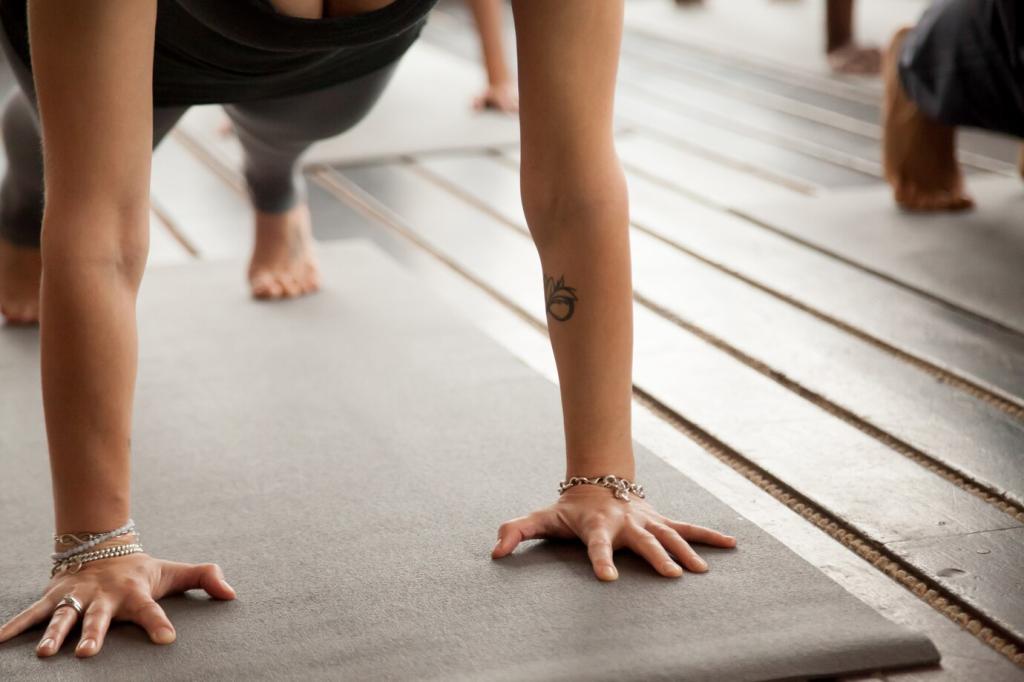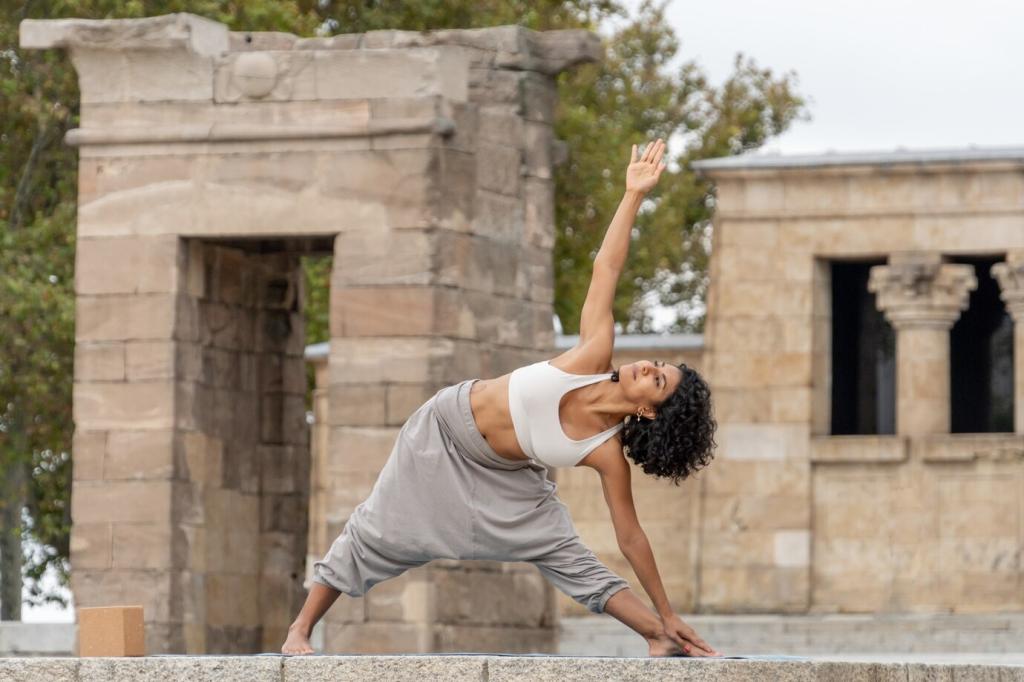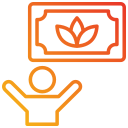How Yoga Affects the Nervous System: Calm, Clarity, and Resilience
Chosen theme: How Yoga Affects the Nervous System. Explore how breath, movement, and mindful attention can rewire stress responses, balance the autonomic nervous system, and nurture a more grounded, focused mind. Join our community as we turn science into simple, daily practices.
The Autonomic Balance: From Fight-or-Flight to Rest-and-Digest
Slow breathing, longer exhales, and gentle poses can improve vagal tone, reflected in higher heart rate variability over time. Track your HRV in the morning for two weeks, note your routine, and share your observations. Want more guidance? Subscribe for a step-by-step, science-backed breathing plan.

CO2 Tolerance and Calm
Gentle breath holds after exhale slightly raise carbon dioxide, training the nervous system to remain composed as CO2 rises. This reduces sensitivity to everyday stress sensations. Start with brief holds, stay comfortable, and track how quickly calm returns. Share your progress to inspire newcomers.
Box Breathing vs. Extended Exhale
Box breathing steadies rhythm, while extended exhales tilt the vagus nerve toward calm. Experiment with four counts in, four hold, four out, four hold, then try six out for deeper ease. Which works for you? Post your preferred pattern and how it affects your evening focus.
Join the Breath Lab
Commit to five minutes daily for seven days: nasal inhale, quiet extended exhale, and relaxed shoulders. Note sensations in chest, throat, and face. Comment with day three and day seven reflections, and subscribe to receive weekly breath prompts that build nervous system resilience.


Why Holds Matter for Inhibitory Signaling
Long, comfortable holds with steady breathing reduce excessive neural firing and encourage calm. Studies have reported increased GABA levels after yoga sessions, correlating with decreased anxiety. Try gentle bridge pose for ten breaths, sensing support through feet and spine. Share how your mood shifts afterward.

Proprioception, Balance, and Cerebellar Tuning
Single‑leg balances refine proprioception, helping the nervous system map joints precisely. Better maps reduce protective tension and unnecessary stress responses. Practice tree pose near a wall, keep your gaze steady, and breathe quietly. Tell us whether your shoulders softened after three rounds on each side.
Brief daily meditation trains the prefrontal cortex to contextualize emotional signals from the amygdala. Over time, urges feel less urgent, and choices feel clearer. Start with three minutes, eyes soft, breath natural. Share one situation where pausing changed your response, helping others try the same.

Stress, Sleep, and the HPA Axis
Late‑night screens and late meals nudge cortisol upward, delaying sleep. Ten minutes of slow stretches with extended exhales encourages a healthier wind‑down. Dim lights, breathe quietly, and journal one gratitude line. Share your bedtime ritual, and subscribe for a checklist that pairs yoga with sleep hygiene.
Safety, Myths, and Personalized Practice
Fast breathing can sometimes trigger lightheadedness or panic, especially when stressed. Prioritize nasal breathing, soft inhales, and longer exhales. If dizziness appears, pause and sit. Share questions about breath pacing, and subscribe to receive a beginner‑friendly pranayama progression tailored for sensitive days.
Neck pain, high blood pressure, or migraines may require gentler choices. Choose props and wall support, and shorten holds. The goal is safety signals, not heroics. Ask in the comments for personalized variations, and we will publish a community‑driven guide based on your needs.
Curious how yoga might help your specific nervous system challenge—panic spikes, focus dips, or chronic tension? Drop a question below and tell us your schedule constraints. Subscribe for practical, three‑step routines and reader case studies that turn science into daily, compassionate action.
